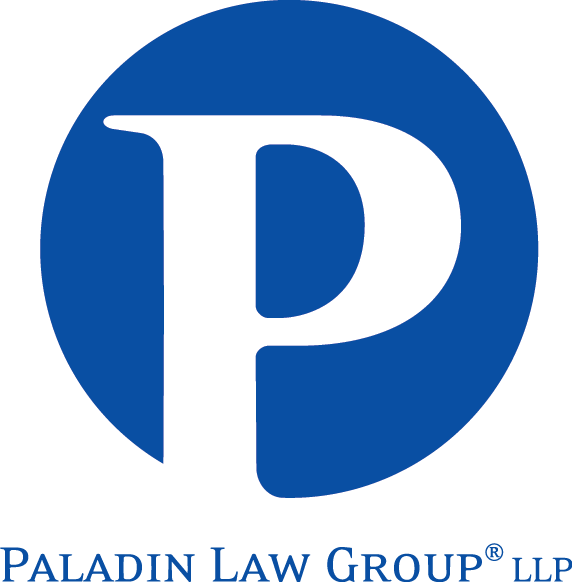California releases first state-approved K-12 environmental curriculum in U.S.
- February 14, 2011
- Paladin Law Group® LLP
- News
- 0 Comments
By Suzanne Bohan, Contra Costa Times
At Searles Elementary School in Union City, fifth-grade students last week eagerly shared what they learned during a pilot run of the nation’s first state-approved K-12 environmental curriculum.
The California Environmental Protection Agency, which developed the material, this month released it to school districts statewide.
Instead of generic chemistry lectures, students will learn how chlorine-containing molecules from products such as aerosol cans and refrigerators chew away — through chemical reactions — the protective ozone layer over the Earth’s poles. They learn how atmospheric carbon dioxide keeps the planet warm through the “greenhouse effect.”
Kindergartners will learn to draw the state’s five major ecosystems, complete with its largest rivers. In high school economics, students can learn about the fisheries industry and how ecosystem health affects its prosperity or decline.
“It’s grooming the leaders of tomorrow,” said Mindy Fox, director of the office of education and the environment at Cal-EPA. “By that I mean it strengthens critical thinking and sound decision-making. And all of these kids are going to become the consumers of tomorrow.”
The curriculum was borne of legislation passed in 2003, which mandated its development to cultivate environmental literacy in the state’s youth.
In a show of their knowledge, several Searles Elementary students quickly built a “food web” using empty milk cartons pasted with images of microbes, insects, plants and animals. They explained how each life form depends upon the others, and how when one declines, the others are threatened as well.
The students also learned how to recycle used goods, and why that’s important for reducing waste.
“It’s a good experience,” said Romy Mastel, 10. “I’m glad we had a chance to learn it. Otherwise, we’d be just throwing things away,” she said.
“But you can reuse almost anything,” Romy said.
Prompted by that remark, Julian Hodgson, 10, carried over a container packed with pens and pencils that he had made from a colorful empty foil food container.
The students in late January even spoke before the school district’s board, as proud parents watched, urging the district to require milk-carton recycling. The students were inspired by the smaller-scale program they started at their school after studying the environmental curriculum.
“This is our big plan, to get all the milk cartons recycled,” said Alairah Campbell, 10.
“They’re on a roll now,” said their teacher, Vince Rosato, who was one of the early adopters of the curriculum. His district, New Haven Unified, was one of 19 statewide that field-tested the program.
The Education and Environment Initiative meets the state’s academic content standards, and it’s the nation’s first environmental curriculum approved by a state board of education, Cal-EPA’s Fox said.
Its use is voluntary, however, and teachers can pick and choose among its 85 units.
The curriculum covers topics in science, mathematics and economics, English, and history and the social sciences, all seen through an environmental lens. The handbooks, Fox added, are replete with spectacular photos and maps from the National Geographic Society.
The curriculum is available online for free at www.calepa.ca.gov/education/eei to any user worldwide. Fox said the material can’t legally be altered or used to generate revenue.
Several state agencies, including the Department of Conservation, the Air Resources Board and the State Water Resources Control Board, financed development of the courses. But with the ongoing state fiscal crisis, there’s no money to implement the new program.
While the content is free, school districts still need funds to print the material and to cover teacher training and curriculum evaluation costs.
Cal-EPA is turning to public-private partnerships to roll out the material. It has embarked on a four-year, $22 million campaign to make the environmental curriculum available to all of the state’s 1,059 school districts.
The Sempra Energy Foundation’s recent $50,000 grant to the Santa Monica-Malibu Unified School District, for example, lets that district adopt the material this year.
Fox said Cal-EPA is seeking contributions from corporations, foundations and individuals, either financial or “in-kind contributions” such as a company providing free printing services.
Charles Munger Jr., a Stanford physicist and son of Charles Munger Sr., the lesser-known partner of investment magnate Warren Buffett, donated $100,000 for its implementation. New Haven Unified School District in Union City got $26,000 of that funding, with the rest divided among five other districts.
Munger also served four years, until 2007, on an advisory commission overseeing the curriculum development.
“I’m generally known as a stickler for scientific accuracy,” he said. “I came to the conclusion that the material was very high quality.”
Munger and his wife, Charlotte Lowell, “were happy to make this charitable contribution,” he said.
“These children are going to have to wrestle with these (environmental) problems,” Munger said. “It’s all part of looking ahead a generation and saying ‘What are our children going to need to know?'”
(read online version)

Leave a Reply
You must be logged in to post a comment.